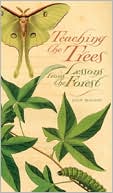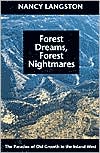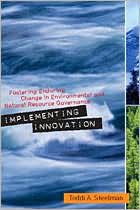Trade Policy, Processing and New Zealand Forestry
This book examines core issues with respect to the effect of export restrictions; the impact on processing and welfare; the consequences of foreign ownership of the resource; and the possibility of utilizing export restrictions as a retaliatory strategy against escalating tariff structures. It also examines the impact of liberalization of processed good markets. The book employs a combination of formal general equilibrium modeling and counterfactual simulation using computable general...
Search in google:
This book examines core issues with respect to the effect of export restrictions; the impact on processing and welfare; the consequences of foreign ownership of the resource; and the possibility of utilizing export restrictions as a retaliatory strategy against escalating tariff structures. It also examines the impact of liberalization of processed good markets. The book employs a combination of formal general equilibrium modeling and counterfactual simulation using computable general equilibrium (CGE) techniques, with the New Zealand forestry industry used as a case study throughout. The book makes a contribution to the literature in this field by incorporating foreign ownership into an extensive formal analysis of processing incentives, developing a new CGE model of the New Zealand economy, utilizing this model to evaluate the costs of export restrictions, and utilizing the GTAP to provide insights into the possible effect of the APEC Early Voluntary Sector Liberalization strategy. Booknews Examines core issues surrounding the effect of export restrictions and their impact on processing and welfare, consequences of foreign ownership, and the possibility of using export restrictions as a strategy against escalating tariff structures. Employs a combination of formal general equilibrium modeling and counterfactual simulation using computable general equilibrium techniques, with the New Zealand forestry industry as a case study. Gilbert teaches agricultural economics at Washington State University. Annotation c. Book News, Inc., Portland, OR (booknews.com)
List of FiguresList of TablesPrefaceAcknowledgementsList of Abbreviations1Introduction12An Overview of the New Zealand Forestry Sector73Rationales for Processing Incentives254Forestry Models435A General Equilibrium Approach to Processing and Trade636A Computable General Equilibrium Model1097Model Results1458Global Trade Analysis1779Conclusion205Appendices215Bibliography221Author Index235Subject Index239
\ BooknewsExamines core issues surrounding the effect of export restrictions and their impact on processing and welfare, consequences of foreign ownership, and the possibility of using export restrictions as a strategy against escalating tariff structures. Employs a combination of formal general equilibrium modeling and counterfactual simulation using computable general equilibrium techniques, with the New Zealand forestry industry as a case study. Gilbert teaches agricultural economics at Washington State University. Annotation c. Book News, Inc., Portland, OR (booknews.com)\ \








